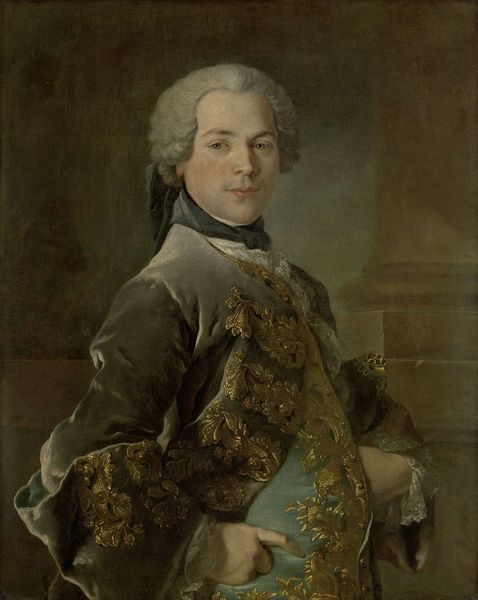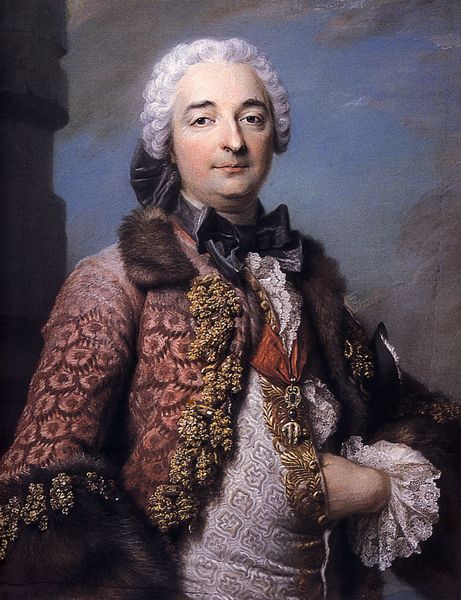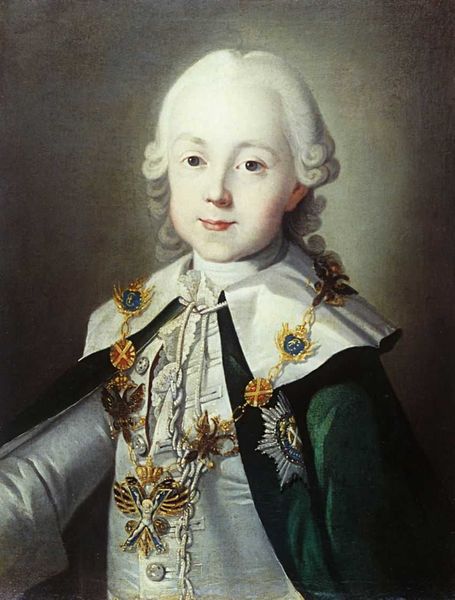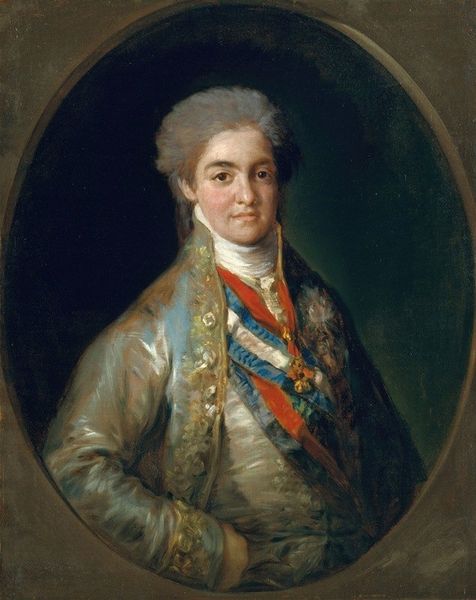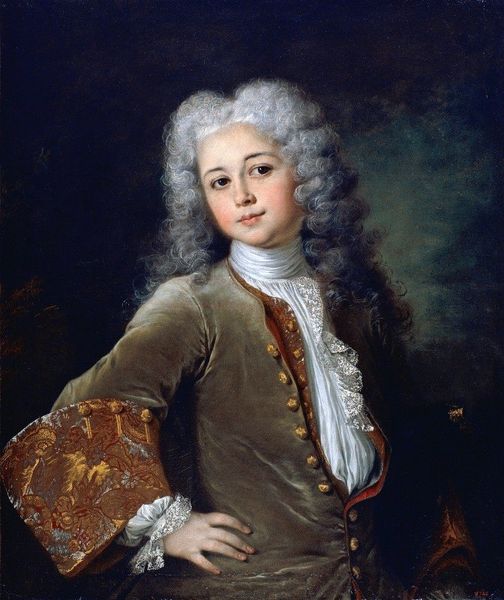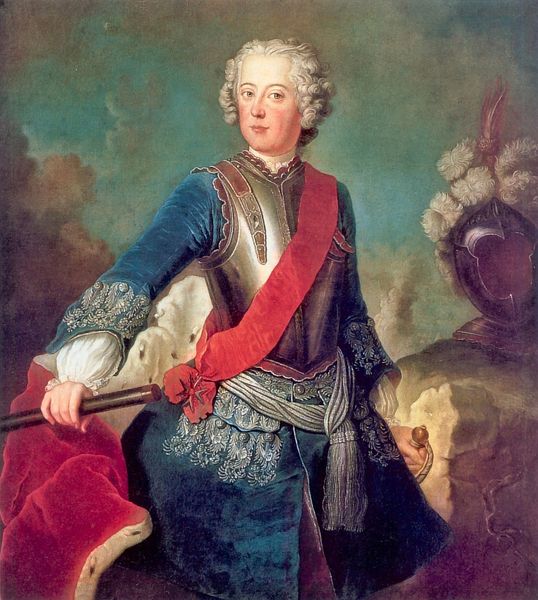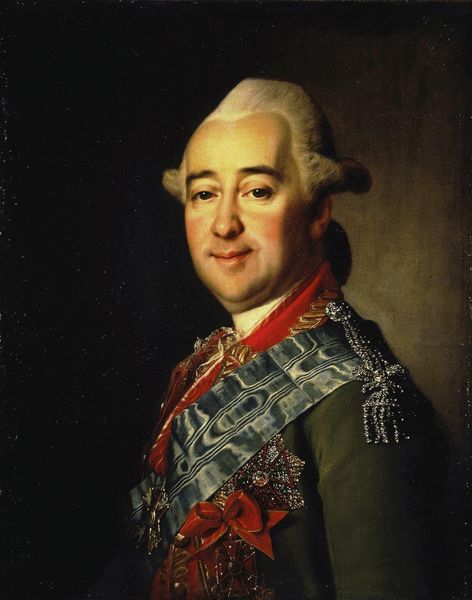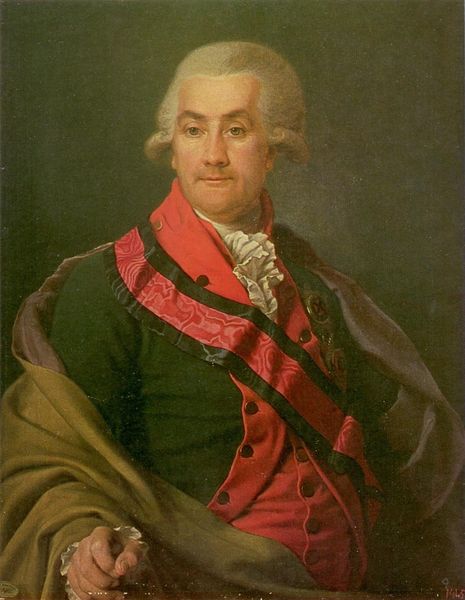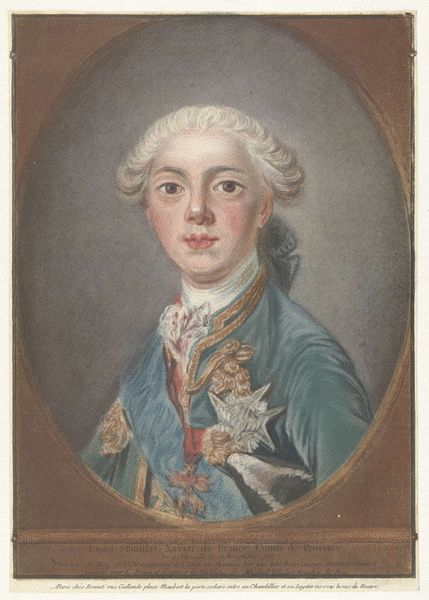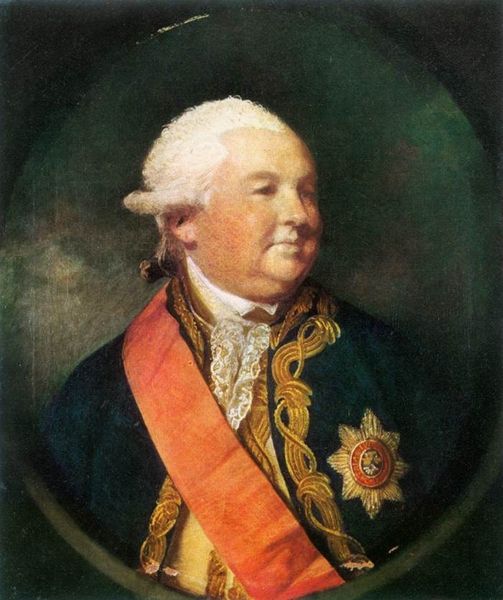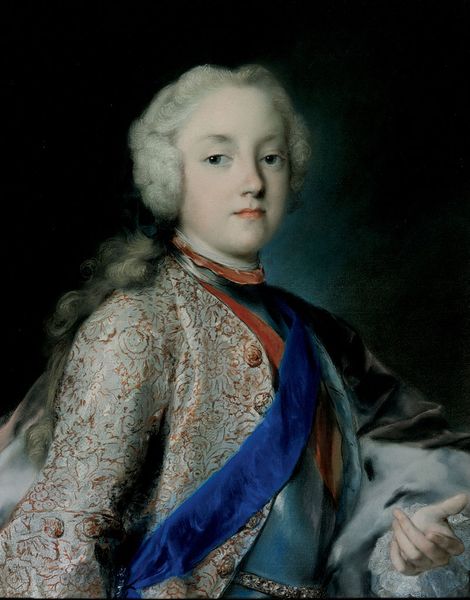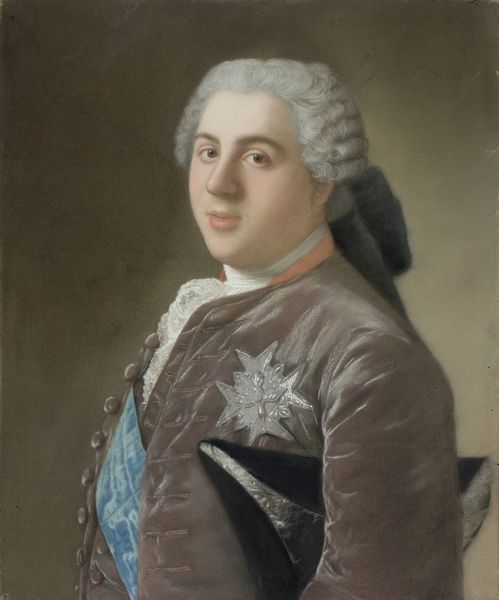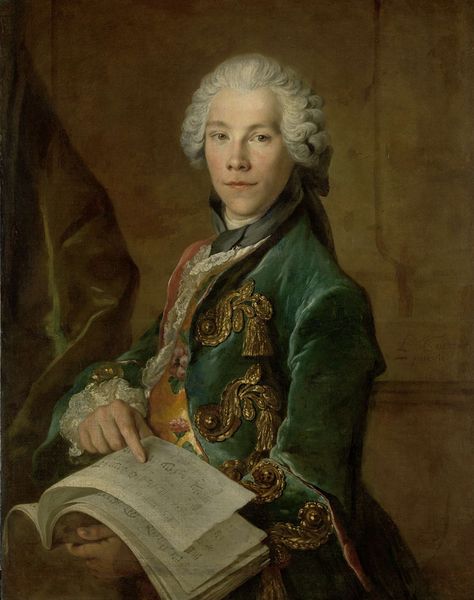
painting, pastel
#
portrait
#
painting
#
figuration
#
pastel
#
history-painting
#
academic-art
#
rococo
Copyright: Public domain
Curator: Before us is "Louis of France, Dauphin, son of Louis XV", attributed to Maurice Quentin de La Tour. Painted with pastels, this artwork exemplifies portraiture of the Rococo era. What are your initial thoughts? Editor: Gosh, he's just so... smooth, isn't he? Like a sugared almond. That almost unsettlingly even complexion against the frothy wig and that gorgeous, velvety blue. Curator: Indeed. The artist has expertly rendered texture. Note the contrast between the delicate lace at his collar, juxtaposed with the dense embroidery of his coat, further enhanced by the soft diffusion characteristic of the pastel medium. Semiotically, consider what these stylistic choices might convey. Editor: Well, definitely wealth, right? Power oozing out of every gilded thread. But there's something else… he looks sort of bored, like all this pomp is a bit of a drag. The composition itself—that soft, hazy background pushing him forward—adds to this strange intimacy. Almost too close for comfort. Curator: That tension between grandeur and vulnerability is quite perceptive. It may relate to the Dauphin's place within the royal court, expected to embody authority yet subject to its constraints. De La Tour employs a limited palette to subtly guide the eye. The coolness of the blue dominates, offset only by the warmth of his skin and the orange sash, creating an engaging dynamic. Editor: It does feel like a performance, this portrait. I wonder what he was really like, trapped in that gilded cage? You can see it in his eyes, perhaps, a certain melancholy that contradicts all the finery. I keep thinking, it's all just powdered wigs and pretty fabrics until the revolution comes, right? Curator: A sobering, though historically pertinent reflection. Perhaps it's in this duality of presentation and possible inner life where we glimpse something of the artwork's enduring resonance, its ability to invite multiple interpretations across time. Editor: Exactly. History might paint with broad strokes, but art can catch those quiet moments, those almost imperceptible cracks in the facade. Thanks for pointing them out.
Comments
No comments
Be the first to comment and join the conversation on the ultimate creative platform.
